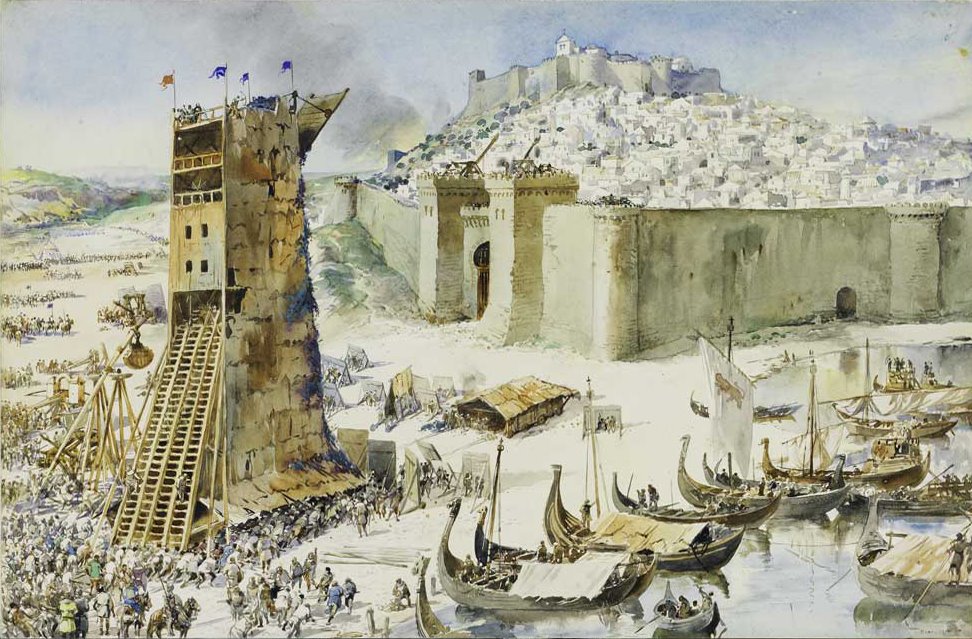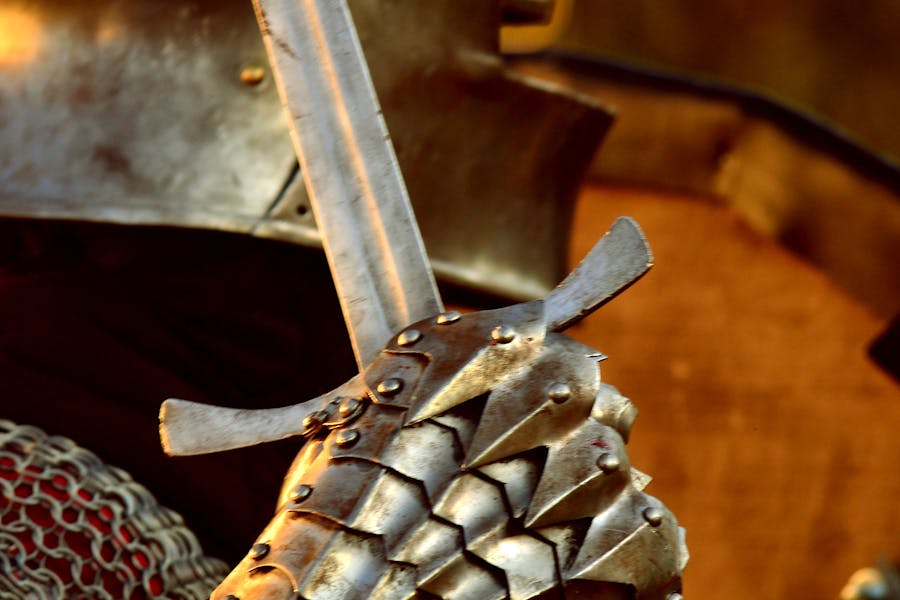 Challenges of Siege Warfare
Challenges of Siege Warfare
Medieval siege warfare presented significant challenges that influenced the design and construction of castles. As attackers employed techniques such as battering rams, siege towers, and mining, defenders had to adapt by developing more sophisticated fortifications. The evolution of siege tactics, including the use of trebuchets and other powerful siege engines, necessitated innovations in castle architecture to withstand prolonged assaults.
Defensive Features
In response to the threats of siege warfare, medieval castles incorporated advanced defensive features. Thick stone walls and towers provided formidable barriers against attacks, while features like moats and drawbridges hindered the approach of siege engines. The development of concentric castles, with multiple layers of fortifications, allowed defenders to fall back to successive lines of defense if outer walls were breached. Arrow slits, machicolations, and murder holes were designed to provide defenders with tactical advantages while minimizing their exposure to attackers.
Impact on Castle Architecture
The influence of siege warfare on castle design led to the development of more resilient and complex fortifications. The introduction of angled walls, bastions, and flanking towers improved the ability of castles to withstand and repel assaults. The strategic placement of castles on high ground or near vital routes also enhanced their defensive capabilities and control over surrounding territories. These architectural innovations reflected the ongoing arms race between offensive siege tactics and defensive fortifications during the medieval period.
Conclusion
Medieval siege warfare had a profound impact on castle design, driving the development of advanced defensive features and architectural innovations. The adaptations made to withstand sieges shaped the evolution of castles, reflecting the dynamic interplay between military tactics and fortification strategies in medieval Europe.
 Challenges of Siege Warfare
Challenges of Siege Warfare